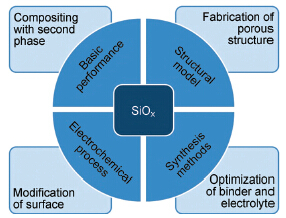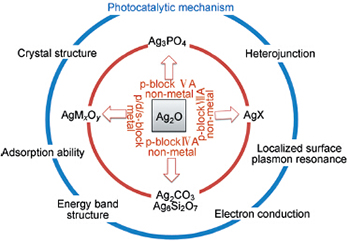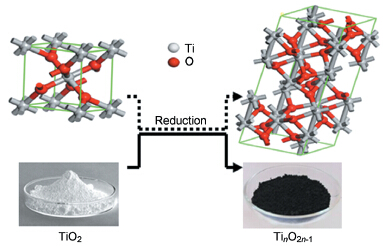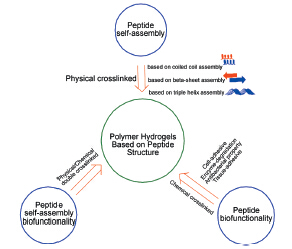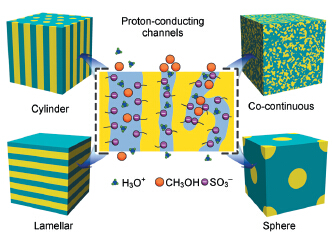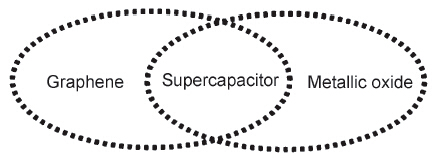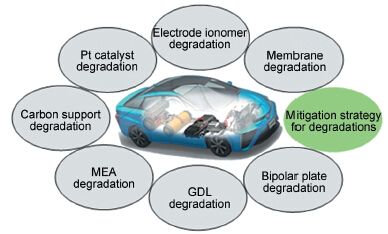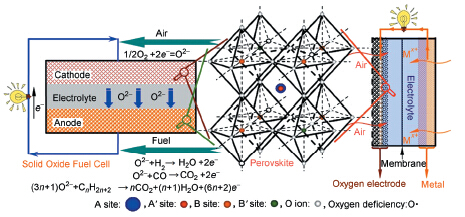With rapidly growing application of lithium-ion batteries in electric vehicles and renewable energy storage, there is an increasing demand on high performance batteries in terms of energy density and power density. For anode materials, the traditional graphitized carbon materials cannot meet these requirements, novel high-capacity anode materials are being widely investigated, including Si-based materials. Among them, SiO
x is considered to be a promising anode material for the practical use because it can deliver a high capacity and at the same time produce relatively lower volume change upon cycling compared to pure silicon. This paper summarizes the published works on SiO
x-based anode materials. The basic electrochemical performance, structure model, electrochemical reaction mechanism and synthesis methods of SiO
x powders are systematically reviewed. Methods used to improve electrochemical performance are classified and introduced, emphasized on those of SiO and amorphous SiO
2. These works suggested that the oxygen content, disproportionation level and surface state of SiO
x have significant influence on the electrochemical performance of SiO
x. The interface clusters mixture (ICM) structural model can be used to better understand the nature of the electrochemical reaction processes of SiO
x. Introduction of second phase (carbon, metals, metal oxides, etc.), preparation of porous structure, surface modification and optimization of binder and electrolyte are proved to be effective methods to improve the coulombic efficiency and cycling performance of SiO
x electrode. Batteries with optimized SiO
x-based material showed good cycling stability with 90% capacity retention after 600 cycles. SiO
x-based composite is one of the best promising anode materials for lithium-ion batteries with high energy density.
Contents
1 Introduction
2 Properties of SiOx material
2.1 Basic electrochemical performance
2.2 Structure
2.3 Mechanism of the electrochemical process
2.4 Synthesis methods
3 SiOx-based materials
3.1 Compositing with second phase
3.2 Porous structured SiOx
3.3 Surface modification
3.4 Other factors and issues
4 Conclusion and outlook









